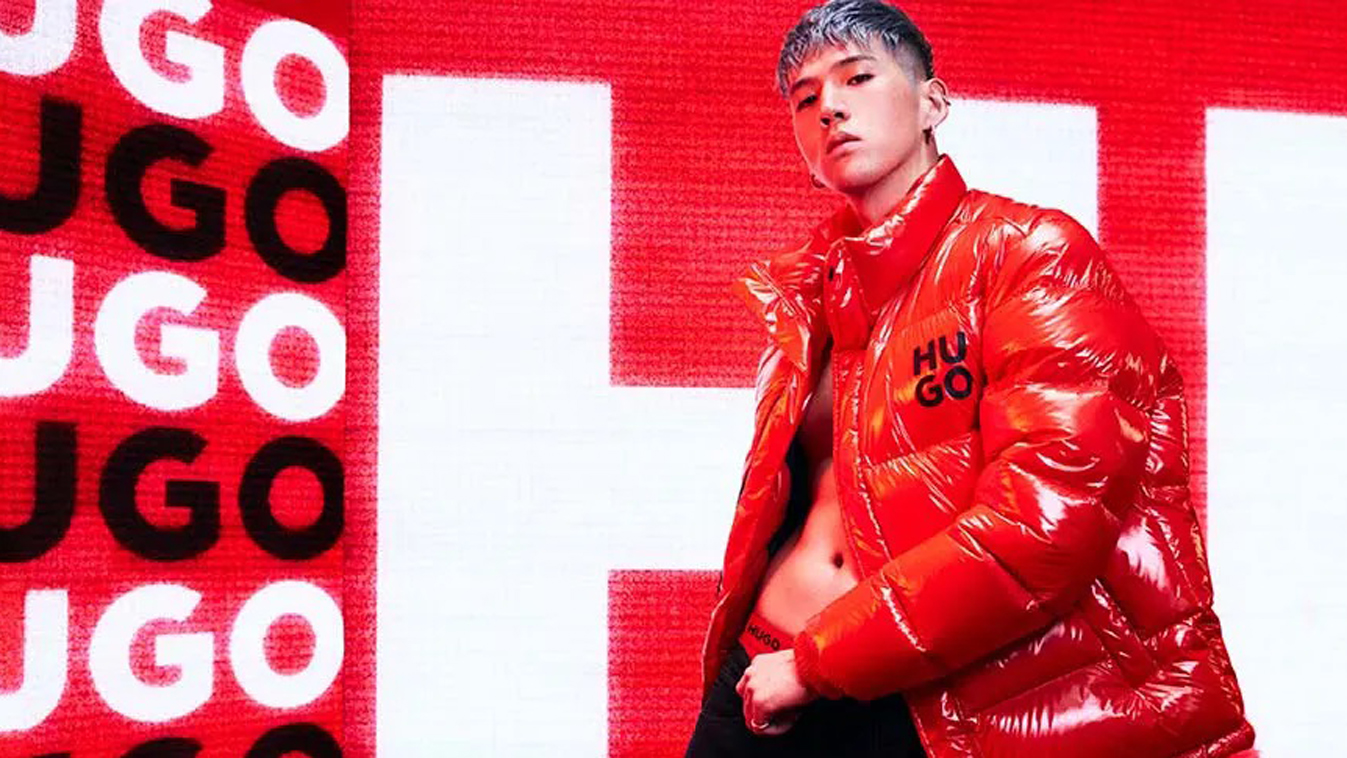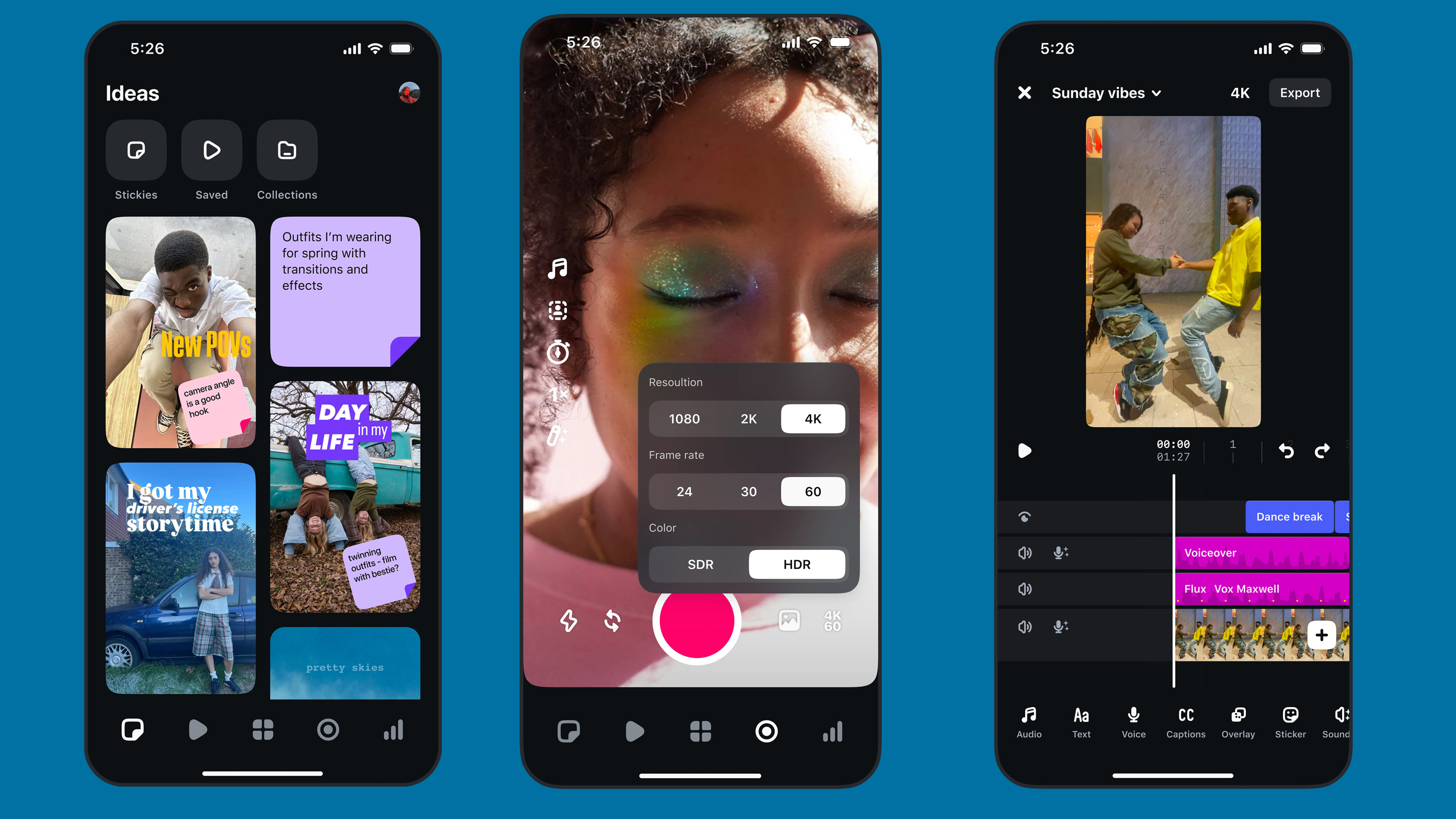Hugo Boss boosts workflow by 80% thanks to Adobe 3D imaging
The fashion industry is making 3D imaging central to its process – and Hugo Boss has improved workflow by 80%

When you think of Hugo Boss, you think of traditional high fashion – not a tech-driven company that's looking to use 3D imaging to improve workflow. In actual fact, though, Hugo Boss has the drive to become the biggest tech-driven fashion platform in the world.
The fashion giant recognizes that 3D imaging and 3D technology will play a big part in its global plan going forward – which is why it is using Adobe's Substance 3D, and has up to 500 staff working in the 3D space. You can see more about its integration of 3D imaging in the video below.
While more traditional brands come up with new season lines with mock-ups in fabric, Hugo Boss is using the 3D design software from Adobe to design the company's next hot season must-haves.
This has reduced the number of physical samples the company makes by 30%, cutting out costs and helping the environment. And it also enables the design team to come up with new and funky designs that may or may not be chosen, with the only thing at cost being time – not carbon footprint on materials used or transported.
"We started very early on this working with the designers and pattern makers," said Nora Lauffer, team lead at 3D Experience & Immersive Tech at Hugo Boss. "The transition from the traditional design and classic way of doing things to this 3D digital approach has been tremendous, with much more room to think and what we want to do this season."
Because of this new way of designing, the team at Hugo Boss has seen an increase in the workflow of its design team by 80% – and is creating better products because of it.
“Innovation has always been important at Hugo Boss and in the fashion industry as a whole. The most important thing in fashion is how a design makes someone feel," adds Sebastian Berg, VP of Business Operations Excellence. "So, we aim to surprise our customers and tell a unique, interesting story with our brands. Today, this is possible through embracing 3D and immersive technology."
Get the Digital Camera World Newsletter
The best camera deals, reviews, product advice, and unmissable photography news, direct to your inbox!
As we go into a more technological age, where 3D imaging becomes a new normal, it is clear that within the fashion industry, even though computing power is needed to generate and work with these 3D models, it's still helping to reduce fashion brands' environmental footprint. It also enables collections to be more interactive for customers, something that was not possible with traditional methods of design.
If this has been interesting, read more about the best 3D scanners, best 3D printers or discover the best cameras for product photography.

For nearly two decades Sebastian's work has been published internationally. Originally specializing in Equestrianism, his visuals have been used by the leading names in the equestrian industry such as The Fédération Equestre Internationale (FEI), The Jockey Club, Horse & Hound, and many more for various advertising campaigns, books, and pre/post-event highlights.
He is a Fellow of the Royal Society of Arts, holds a Foundation Degree in Equitation Science, and holds a Master of Arts in Publishing. He is a member of Nikon NPS and has been a Nikon user since his film days using a Nikon F5. He saw the digital transition with Nikon's D series cameras and is still, to this day, the youngest member to be elected into BEWA, the British Equestrian Writers' Association.
He is familiar with and shows great interest in 35mm, medium, and large-format photography, using products by Leica, Phase One, Hasselblad, Alpa, and Sinar. Sebastian has also used many cinema cameras from Sony, RED, ARRI, and everything in between. He now spends his spare time using his trusted Leica M-E or Leica M2, shooting Street/Documentary photography as he sees it, usually in Black and White.
